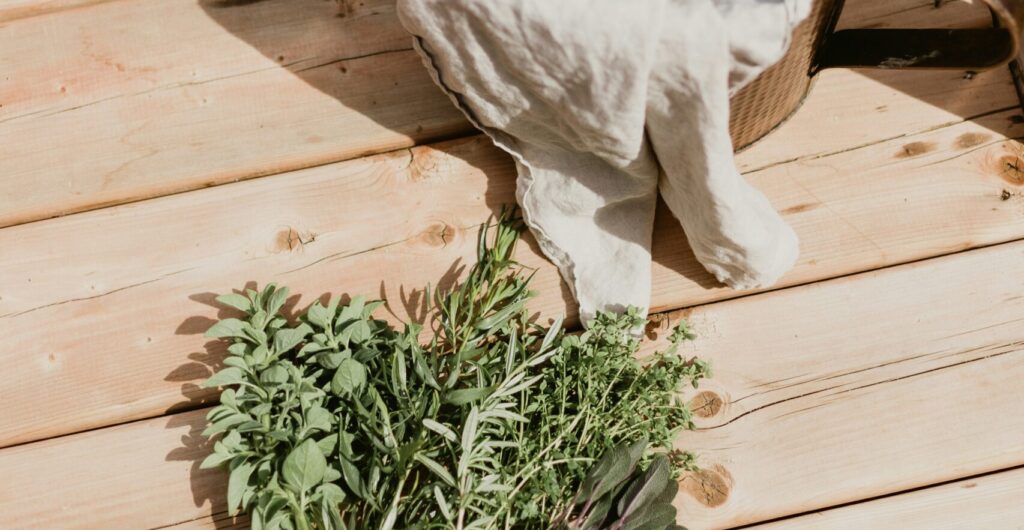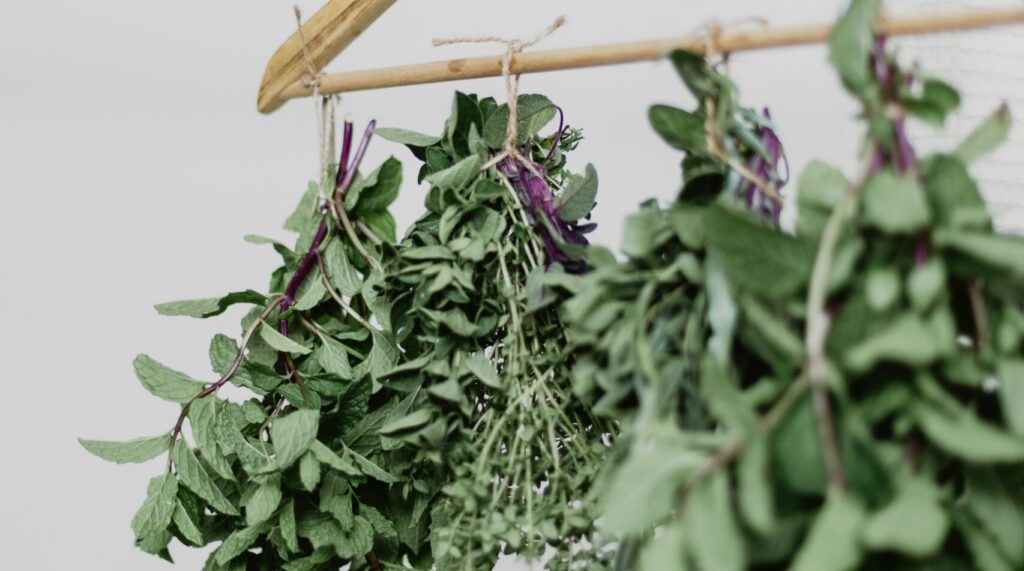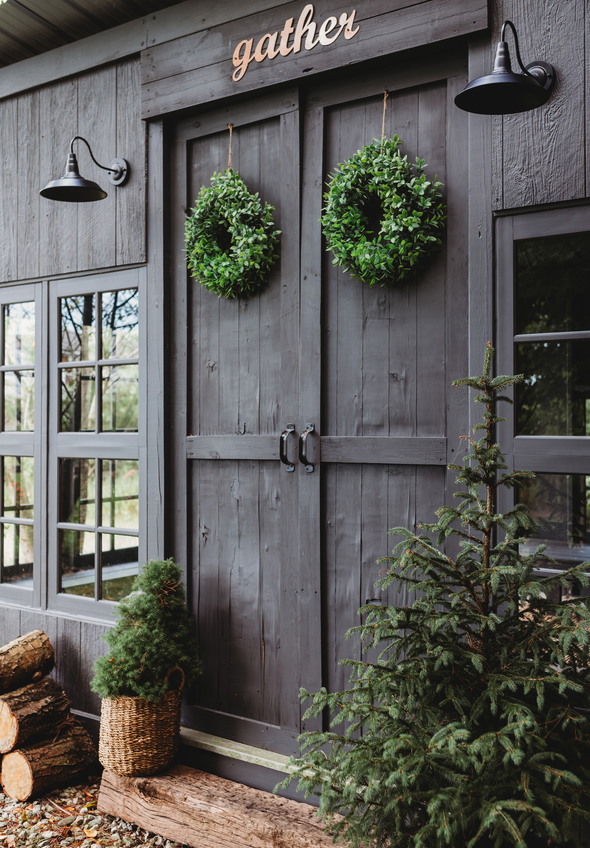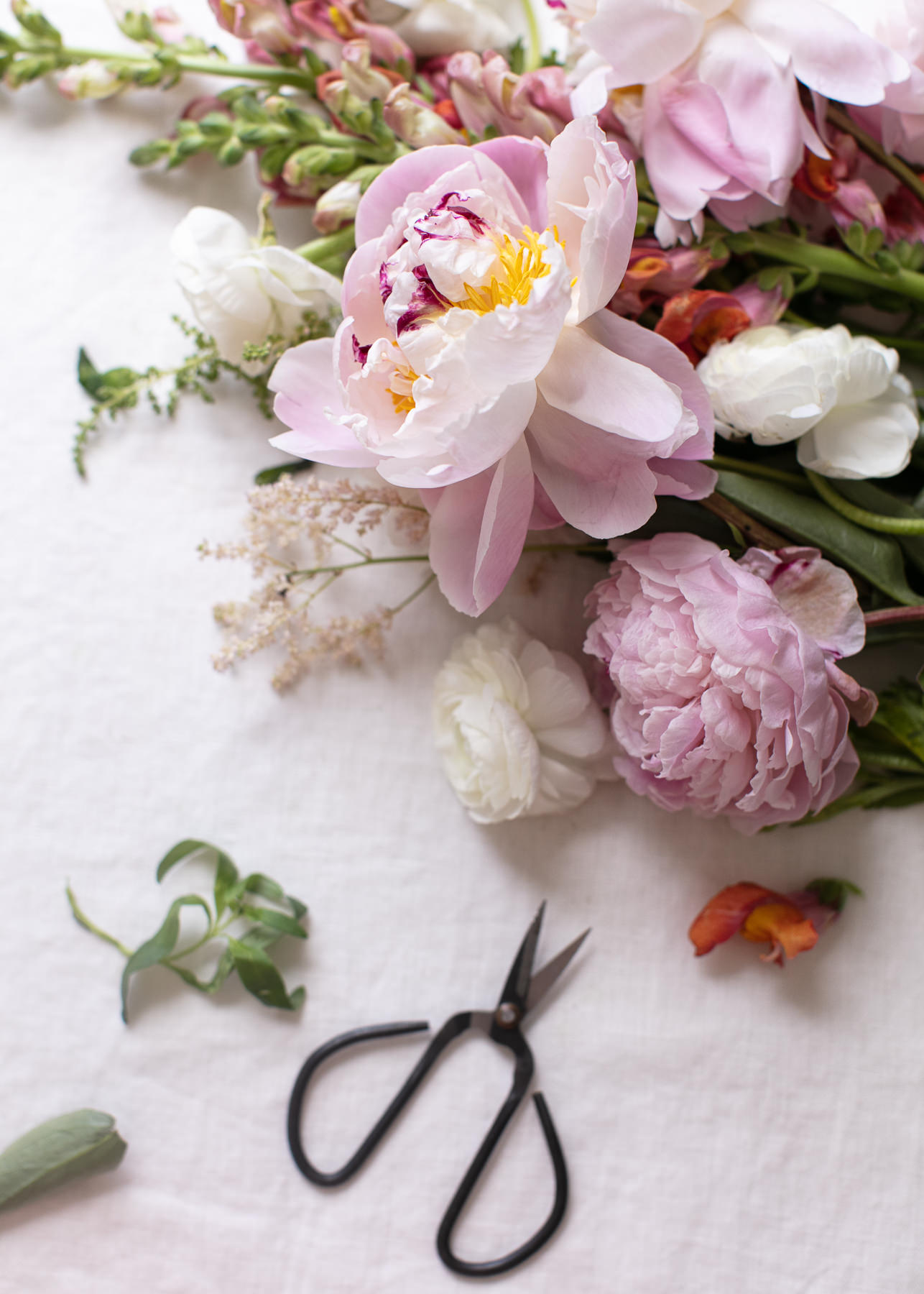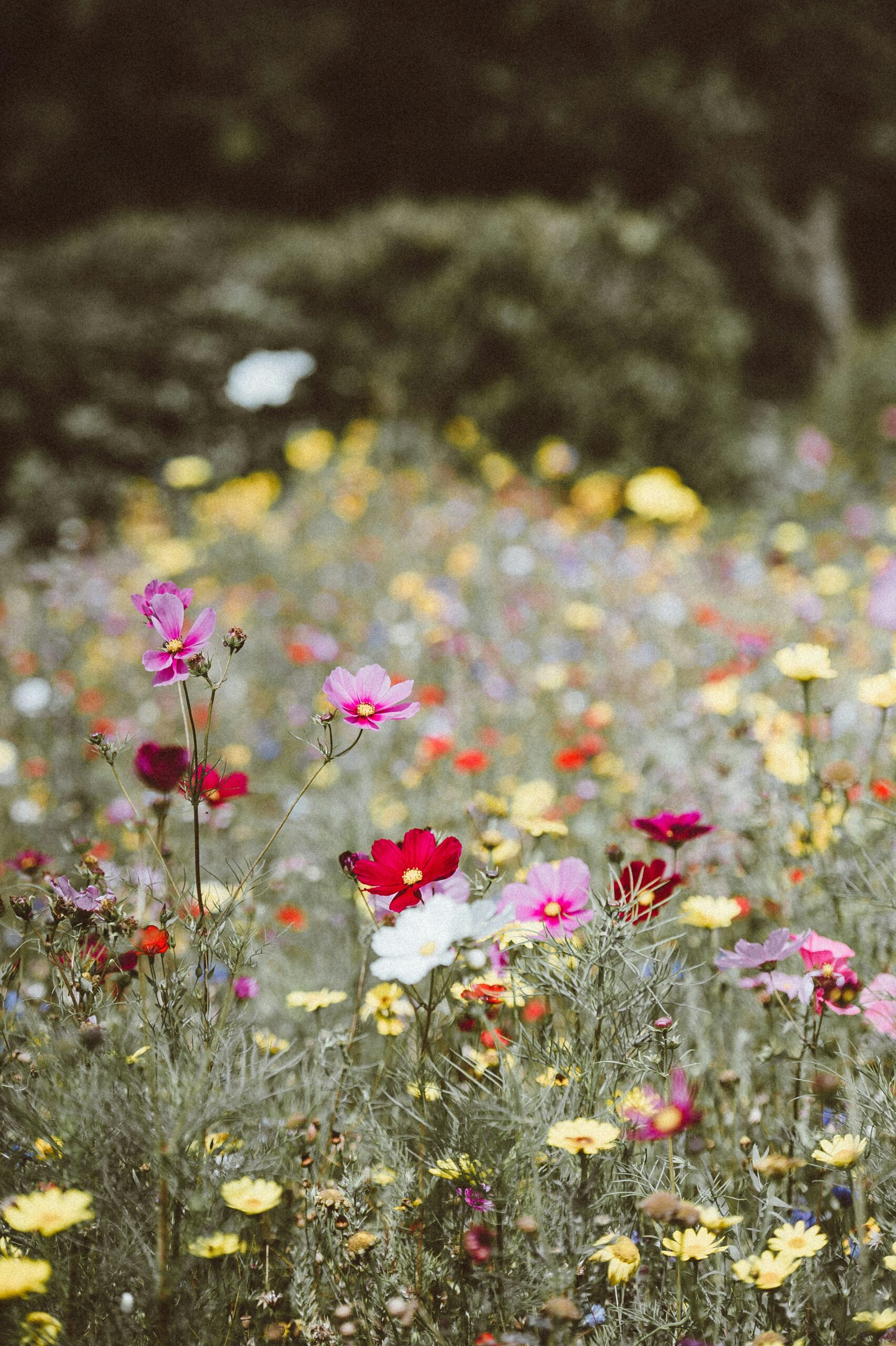Harvesting
There are two ways of going about herb-harvesting. Either small amounts throughout the season or as a final hurrah before the frost. For some like basil, chives, dill and mint with shorter growing seasons, frequent harvests are preferred. Whereas long-lived herbs like rosemary, oregano, thyme, sage and parsley can be left for the end of the season.
Things to Remember when harvesting:
- Herbs are the leaves and green parts of plants (spices are roots, stems, seeds, fruits or barks). This means that you’ll want to harvest before any flowers begin to form. Prior to flowering, those green parts will be packed with the most flavour and nutritional benefit.
- Other than at the end of the season, never remove more than 1/3 of any plant per week. This is the best way to. encourage foliage to continue growing.
- As the final goal is to dry and preserve, harvesting should only be completed when the plant parts are dry, often mid-morning.
- Use clean and sharp shears where applicable, gently cleaning between harvests.
Drying
In the simplest form, air-drying is one of the most effective methods for preservation; all you need is good ventilation and a cool-dark place. Some of our home are limited in spaces that fit this criteria, so a secondary option look to a dehydrator. The latter can be an investment, but it is one that simplifies and speeds up this process. And be forewarned once you start using a dehydrator, nothing will be safe, it’s a very enjoyable process!
Air-Drying
Prepare about 4-8 sprigs by removing several of the lower leaves and ensuring each sprig is clean and as dry as possible. Tie together with jute, yarn or even a simple rubber-band. Next, select a location as mentioned above; keeping in mind that absence of light will allow the dried material to retain more of its original colour. Hang upside down and check on your bundles daily. For cooking purposes, be sure you have a brittle final product, generally around 3-5 days but as little as 24 hours in some cases.
Dehydrator
Most dehydrators have several levels to them in the form of stackable trays. As with air-drying, first check that your garden herbs are both clean and free from any residual moisture. You’ll want to lay them on their respective trays with ample room, avoiding over-crowing (it’s better to do several rounds that to squish too many together). Here, it is also important remove leaves from stems, leaving just the leaves in most cases and cutting into smaller pieces if needed (think chives). If possible, work with one kind of herb at a time as drying times will vary. Dehydrating can take as little as 8 hours to as long as 20 hours; again depending on your machine and what you’re working with. Brittle and crumbly mean you are ready for storing.
Julie’s Notes: Sometimes you’ll see both oven and microwave options for drying garden herbs. The former often can’t bring temperatures low enough to avoid cooking and the latter can only be utilized for a select few. If you’re limited to either option, look to the oven and work with the very lowest temperature your oven can heat to.
Storing
The final step in this process is essential to enjoying year-round. As you begin your transfers avoid the urge to crush up your dried leaves. To retain the most flavour, store whole leaves when possible, crushing as needed just before cooking. The major component of storing is working with airtight containers and jars. Both light and oxygen can degrade the flavouring and colouring of your bounty. So! Keep them away from direct light! Cupboards are often just right or using amber-jars that further protect from the sunlight. You can expect shelf-life to last anywhere from 1-3 years, if you don’t use them up before your first winter.
Remember, when cooking , a good rule of thumb is to use one-third amount of fresh herbs. With dried garden herbs you get more bounce per ounce. Plus, there’s such a satisfaction when you pull out a jar to use the fruits of your gardening labours throughout the seasons. May your herbs be plentiful and flavourful all year long! If you don’t already, be sure to follow us on Instagram and Pinterest! Looking for more reading and inspiration on all things home, gardening and lifestyle? Check out the The Wild Blog.


